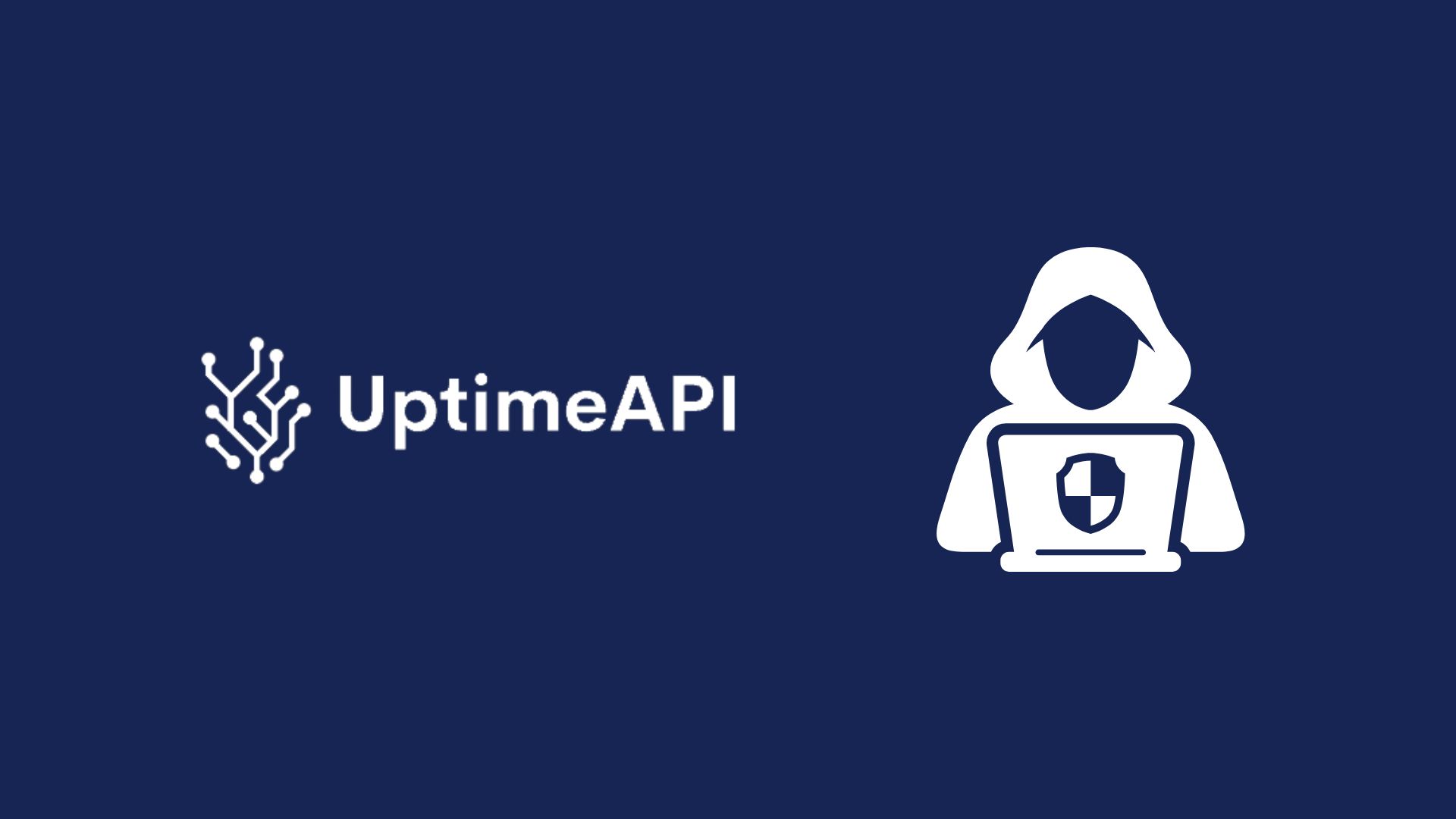Monitor API: Top Strategies In Real Time

In today's digital landscape, real-time monitoring plays a pivotal role in ensuring the availability and performance of a Monitor API. As businesses rely increasingly on digital platforms to deliver services and connect with customers, the need for instantaneous data insights has become paramount. Real-time monitoring enables organizations to promptly detect and respond to issues, thereby enhancing user experience and minimizing downtime.
Importance of Real-Time Data in Monitor API Management
It is impossible to overestimate the importance of real-time data in API management. APIs, or application programming interfaces, are the backbone of contemporary digital ecosystems, allowing different apps and services to communicate with each other seamlessly. Any API outage or performance deterioration can cause business interruptions, financial loss, and a decline in customer satisfaction. Organizations may proactively monitor the health and performance of their APIs by utilizing real-time monitoring, which guarantees prompt issue response and optimization.
A Monitor API is distinguished from the many other tools for API monitoring by offering an extensive range of real-time monitoring options. It provides strong features to monitor API response times, uptime statistics, and quickly identify performance abnormalities. This application enables enterprises to maintain optimal operational efficiency and dependability in their API infrastructures with an easily navigable dashboard and customisable alarm settings.
Definition and Scope of Real-Time Monitoring
In order to provide quick insights into the functionality and health of APIs, real-time monitoring entails the continuous observation and analysis of metrics and events. To guarantee that digital services are operating as efficiently as possible, it includes keeping an eye on a number of variables, including traffic patterns, error rates, status codes, and API response times.
The speed at which an API reacts to incoming requests is measured by its response time. Since it has a direct effect on both application performance and user experience, it is an essential metric for real-time monitoring. The frequency and type of errors that API calls face are indicated by error rates and status codes. Keeping an eye on these data makes it easier to spot problems early and take swift corrective action.
Uptime API
With Uptime API, you can monitor your APIs. It works by regularly confirming that your APIs are up and running and performing as expected. Setting up monitors is easy. To set up monitors, you need the target API endpoint URL and the ability to change the watch's timeout and interval parameters. While timeouts indicate how long an API will wait for a response, monitoring intervals show how frequently an API will perform health checks. You may customize monitoring to your needs and preferences with these settings.
You may create alerts and select which contacts should get notifications directly from your API dashboard. This way, you may then update your team. Thanks to its many changeable settings and monitor constraints, you can choose the package that best meets your monitoring needs. It also provides historical data and analytics so you can track changes in API performance and availability over time. Get access to your logs so you can look into any issues with the API.
Analyze past performance patterns and base your choices on the truth. Alerts can be tailored to your requirements in order to avoid unnecessary interruptions. real-time API monitoring with immediate information. Select the alert distribution method—such as webhooks, SMS, or email notifications—that best suits your requirements.
